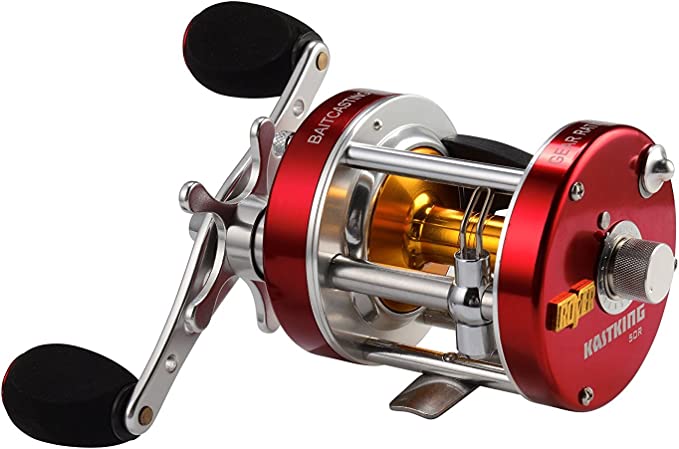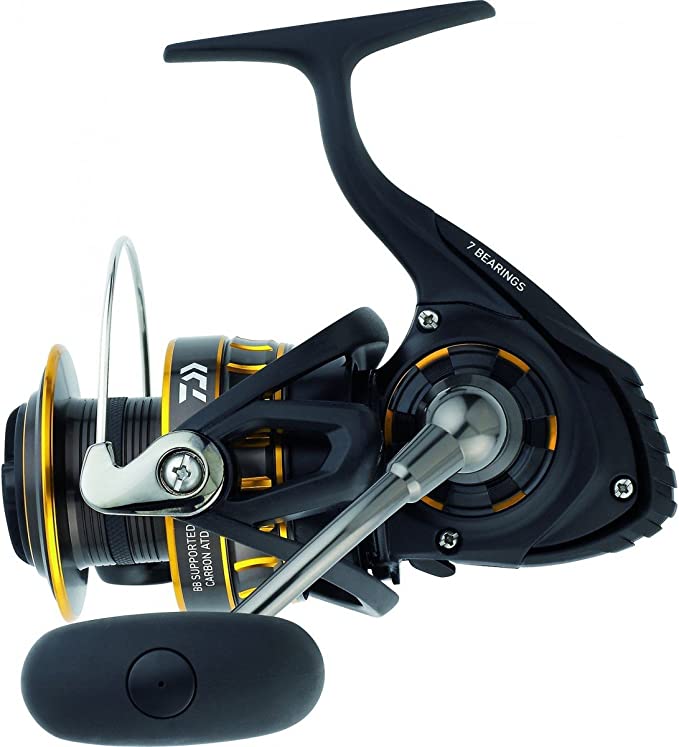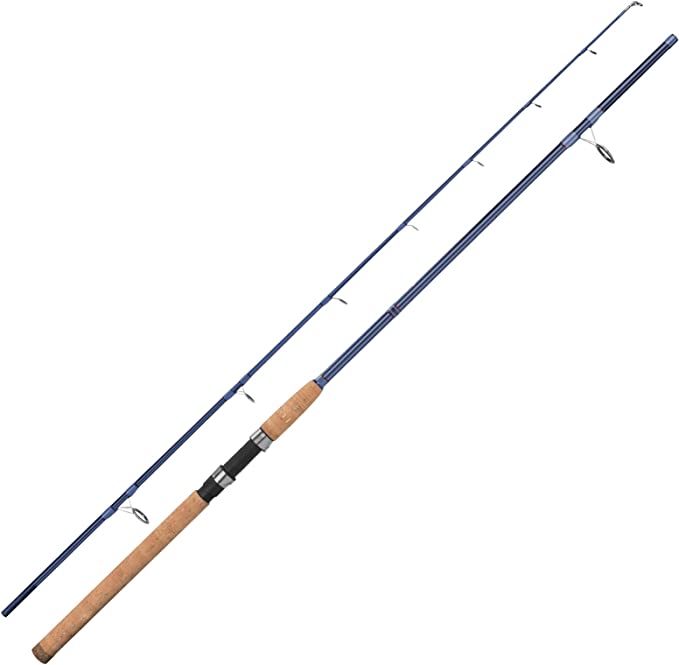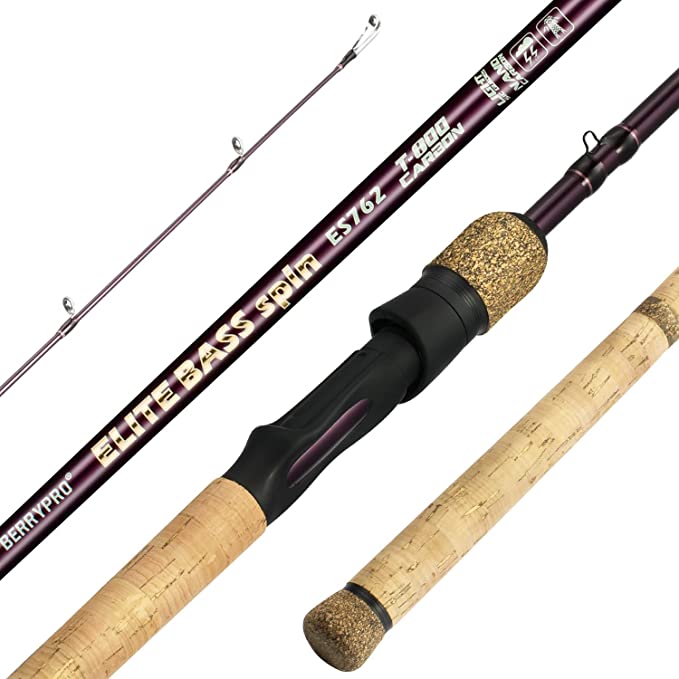Beyond Glass: Decoding the Ballistic Intelligence of Swarovski EL Range TA Binoculars
Update on Nov. 19, 2025, 3:35 p.m.
In the high-stakes environment of alpine hunting or long-range precision shooting, uncertainty is the adversary. A gust of wind, a steep angle of inclination, or the fading light of dusk can all conspire to turn a calculated shot into a missed opportunity—or worse, an unethical injury. Traditionally, overcoming these variables required a kit full of gadgets: binoculars for observation, a laser rangefinder for distance, a Kestrel for atmospherics, and a ballistic chart for corrections.
The Swarovski Optik 10x42 EL Range TA represents a paradigm shift from this fragmented approach to a unified “Opto-Electronic Ecosystem.” It is not merely an optical instrument; it is a fire control computer wrapped in arguably the finest glass available. To understand its value proposition, we must look beyond the brand prestige and dissect the convergence of photonic engineering and digital intelligence that drives its performance.

The Analog Foundation: The Physics of SWAROVISION
Before any electronics are engaged, the EL Range TA must function as a premier observation tool. This is where Swarovski’s proprietary SWAROVISION technology distinguishes itself from competitors who may rely on generic HD glass.
The core of this system lies in the Field Flattener Lenses. In standard optical systems, the focal plane is naturally curved, meaning if the center of the image is sharp, the edges blur. The eye accommodates this by constantly refocusing as it scans the field of view, leading to fatigue. Swarovski’s field flatteners physically correct this curvature, delivering a razor-sharp image from edge to edge. This “distortion-free” viewing is critical during long glassing sessions, allowing the observer to detect the flick of an ear or the glint of an antler at the very periphery of the vision without shifting the optic.
Furthermore, the use of Fluoride-Containing HD Lenses addresses the issue of chromatic aberration (color fringing). By minimizing the dispersion of light wavelengths, these lenses ensure that high-contrast boundaries—like a dark tree branch against a bright sky—remain crisp and free of purple or green halos. Combined with optimized coatings that push light transmission to nearly 90% (a remarkable feat for a rangefinding binocular which requires beam-splitting prisms), the analog performance ensures target acquisition is possible deep into the twilight hours.
The Digital Overlay: Ballistic Computation
Once a target is acquired, the EL Range TA transitions from an observation device to a calculation engine. The integrated Laser Rangefinder uses time-of-flight photometry to measure distances starting from 10 meters, but raw distance is rarely the data a shooter needs.
The onboard Ballistics Computer integrates three critical data points:
1. Linear Distance: Measured by the laser pulse.
2. Atmospheric Conditions: While the device measures ambient temperature and air pressure, it also syncs with the EL Range Configurator App to upload custom ballistic profiles (bullet weight, velocity, BC).
3. Angle of Inclination: An internal inclinometer measures the shooting angle.
Using these inputs, the device calculates the “Corrected Shooting Distance” or displays the necessary click adjustments (MOA/MRAD) directly in the field of view. This real-time solving of the ballistic equation eliminates the mental math of “angle cosine” adjustments, allowing the shooter to focus entirely on wind calls and trigger control.

The “TA” Revolution: Tracking Assistant Technology
Perhaps the most innovative feature, and the one that addresses a profound post-shot anxiety, is the Tracking Assistant (TA). Recovering game in complex, featureless terrain is notoriously difficult; the spot where an animal stood looks very different when you are hiking towards it than it did through 10x magnification.
The EL Range TA solves this via Spatial Triangulation. When a measurement is taken, the binocular records not just the distance and angle, but also the azimuth (compass heading). * In-Device Guidance: After the shot, the user can select the last measured point. The display then provides directional arrows and distance-to-go indicators, guiding the hunter to the exact location of the impact area. * App Integration: Alternatively, this data can be synced to the smartphone app, visualizing the impact point on a satellite map.
This feature transforms the ethical obligation of game recovery from a memory-based challenge into a GPS-guided procedure, significantly reducing the risk of losing an animal in dense brush or steep topography.

Ergonomics of the “Fin”
Integrating laser emitters, receivers, batteries, and circuit boards often results in bulky, unbalanced optics. Swarovski mitigates this with the signature EL wrap-around grip and the “Fin” attachment. The updated single-bridge design allows for a secure, one-handed grip, while the “Fin” stabilizes the unit against the forehead, reducing tremor during ranging. This ergonomic stability is not just for comfort; it is essential for keeping the laser reticle steady on small targets at distances exceeding 1,000 yards.
Conclusion: The Investment in Certainty
The Swarovski EL Range TA 10x42 is admittedly a significant investment, often exceeding the cost of the rifle it supports. However, to view it solely as “expensive binoculars” is to misunderstand its utility. It is a consolidation of three high-end tools—optic, rangefinder, and ballistic calculator—into one ruggedized chassis.
For the serious outdoorsperson, this consolidation offers something priceless: Certainty. Certainty in identification, certainty in the firing solution, and certainty in recovery. In the unforgiving arena of the wild, that confidence is the ultimate performance enhancer.



















